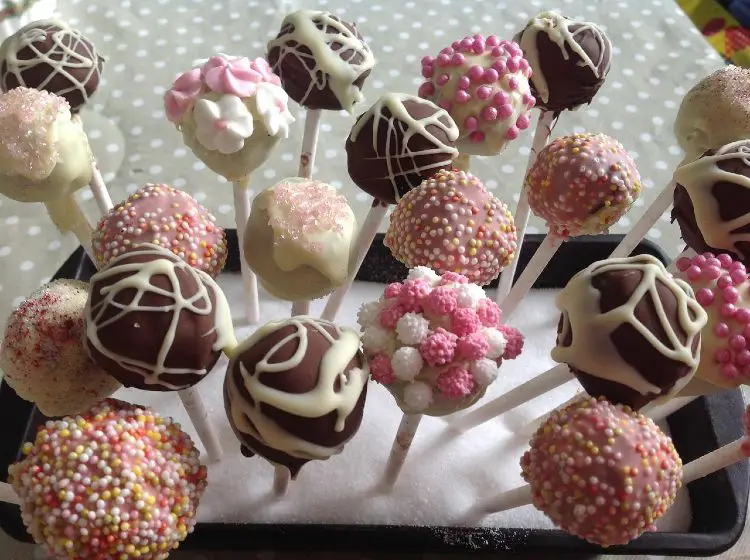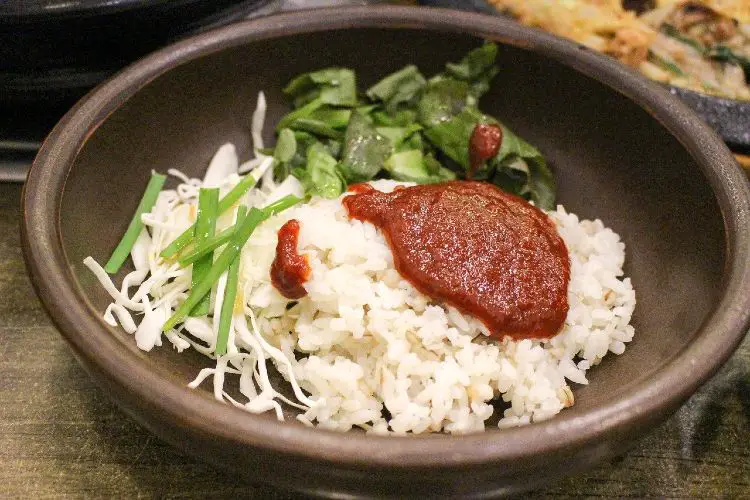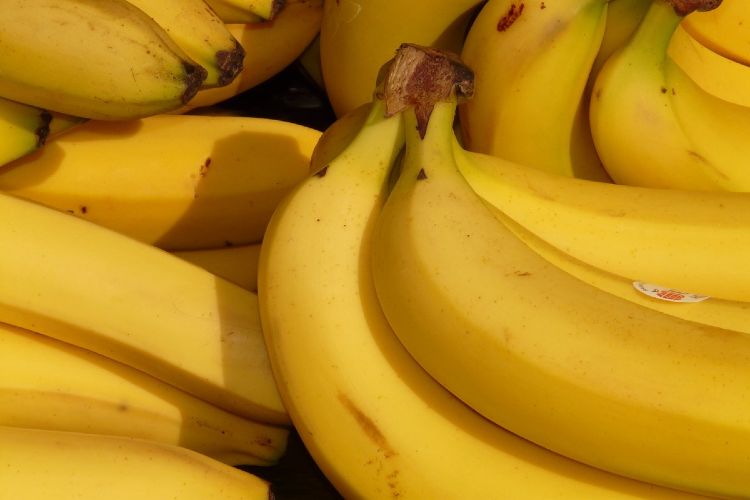Dinner Party Cookery Class at the Belle Isle Cookery School
Corrie Cadden, the new Head Tutor at the Belle Isle School of Cookery, in County Fermanagh Northern Ireland, wants to eradicate all fear of sourcing and cooking good food. She told me, ‘Cooking is fun and accessible to everyone. I want my students to leave Belle Isle confident that, without fuss or frazzle, they can create several delicious dishes in their own kitchen.’
My colleague and I both agreed there was something enchanting about driving over the bridge onto Belle Isle, an island on Upper Lough Erne, one of Northern Ireland’s largest inland lakes where the Annals of Ulster were written in the 15thCentury. We had come to Belle Isle to take part in a day long ‘Dinner Party’ Cookery class, at the school which originally opened in 2003.
Over cups of coffee, in the farmhouse style school kitchen, Corrie introduced herself to the class of sixteen students. We were a mixed group of ladies – a few recently engaged who had no idea how they were going to cook for their husbands, others on a ‘girls’ day out’ and a couple had rented holiday cottages at Belle Isle, with a cookery lesson as part of their break. Our conversation turned to how the tranquil situation of the school definitely seemed to calm any nerves or fear of the kitchen.
Corrie returned to Fermanagh, the county of her birth, after getting married, to take over the running of the school. She trained under her mentor, Darina Allen, at Ballymaloe School of Cookery in County Cork. Just like her mentor she is passionate about food provenance, championing local producers, fresh ingredients, organic and unprocessed food, as well as home growing fruit and vegetables and not buying useless gadgets.
‘Gadgets add to people’s fear of food,’ she told us, ‘I am a big believer in being minimalist in the kitchen. People don’t need fancy utensils to cook good food.’ She listed a good spatula, some wooden spoons, a couple of knives {including a palette knife}, a frying pan and a microplane grater as useful tools for any kitchen.
The course is a mixture of hands-on, practical experience and cookery demonstrations from Corrie. Over the course of the day we worked through recipes for biscuits, honeyed nuts, chargrilled aubergines with pomegranate raita, heirloom tomato salad, butterflied chicken with herbs and a Breton sauce, pan-fried seabream, fruit jelly and a chocolate torte.
To start the day Corrie made walnut cookies which were thin and crispy. We learned that the dough can be rolled and wrapped in greaseproof paper, then frozen for up to six months – allowing fresh cookies to be made whenever required by slicing the dough in sections. When we arrived I noticed that Belle Isle’s kitchen had a sweet aroma, a scent similar to exotic Turkish Delight. All was to become clear when Corrie handed round small leaves of rose geranium. Soon each station had tiny leaves bubbling away with water and sugar, which was to be used to form the stock syrup for the rose geranium summer fruits jelly’. This jelly was made using leaf and powdered gelatine, an ingredient the majority of the class were not very confident with. Corrie quickly dispelled any fears, showing how quickly and easily both types of gelatine could be used. The secret is to move quickly once it is dissolved and always add the gelatine to the warm water, and not the other way round.
The finished jelly was a mixture of soft summer fruits – blueberries, raspberries and strawberries – suspended in a simple sugar stock scented with rose geranium, mixed with gelatine. To ensure the jelly did not stick to the individual moulds Corrie showed us how to lightly brush oil and line the inside of the moulds with cling film. She also recommended letting the jellies come to room temperature before removing the moulds.
When turned out these vibrant pink, quivering mounds had a lively, fruity taste that instantly made me smile. The top note flavour was a deep rose, with a hint of lemon, exactly how I imagined the Turkish Delight would taste in CS Lewis’s ‘The Lion, The Witch & The Wardrobe.’ Corrie gave plant cuttings to all who wanted them from her rose geranium plant, so they could easily make the jelly at home. My plant is still flourishing on my window ledge.
The general jelly recipe can be adapted with champagne, fruit juice or spirits, as well as other types of fruit using a ratio of 250g fruit to 200-250ml of liquid, with one sachet of gelatine normally setting one pint of liquid. At Christmas it would look stunning made with pomegranates and champagne, or with brandy, honey and orange. The adaptability of Corrie’s recipes was something I found helpful – everything we cooked or she demonstrated had the option to be made in several other ways. This allowed the students to build their kitchen confidence and recipe repertoire with ease.
The explanation and practice of techniques such a filleting fish, butterflying chicken, making pastry, chargrilling and tempering chocolate were all explained and demonstrated by Corrie throughout the course. Showing us how to make a ‘fool proof’ pastry recipe with a high quantity of butter, making it easy to handle as well as crisp when cooked, Corrie said, ‘Pastry should always be rolled north to south then turned, not attacked and rolled a bit here, a bit there, as this makes the pastry brittle.’ For anyone who was scared to try rolling pastry without flour, we were given another helpful tip – put the pastry between two layers of thick cling film then roll as normal.
After blind baking the pastry, it was filled with a rich chocolate ganache, and redcurrant berries. ‘Liquid glucose is a French patisserie secret ingredient to add to melted chocolate. I use it in this chocolate torte to give it a smooth glossy look,’ said Corrie, adding, ‘This ganache can be used to make intense chocolate truffles. Instead of spending hours rolling it into little balls, I recommend, pouring it out onto a lined baking tray, letting it cool and when firm, cutting into little squares which can then be dusted with cacao powder.’
Filleting fish was a skill that sent a shudder down the spines of the class, but Corrie insisted: ‘I feel it’s important to teach people basic cookery techniques such as filleting fish and deboning chicken. These things sound complicated but are surprisingly simple and give students a great sense of satisfaction, knowing they aren’t beyond mastering them.’
Further Information
Belle Isle Cookery School: www.irishcookeryschool.com
Follow Belle Isle on Twitter: @belleislecooks



